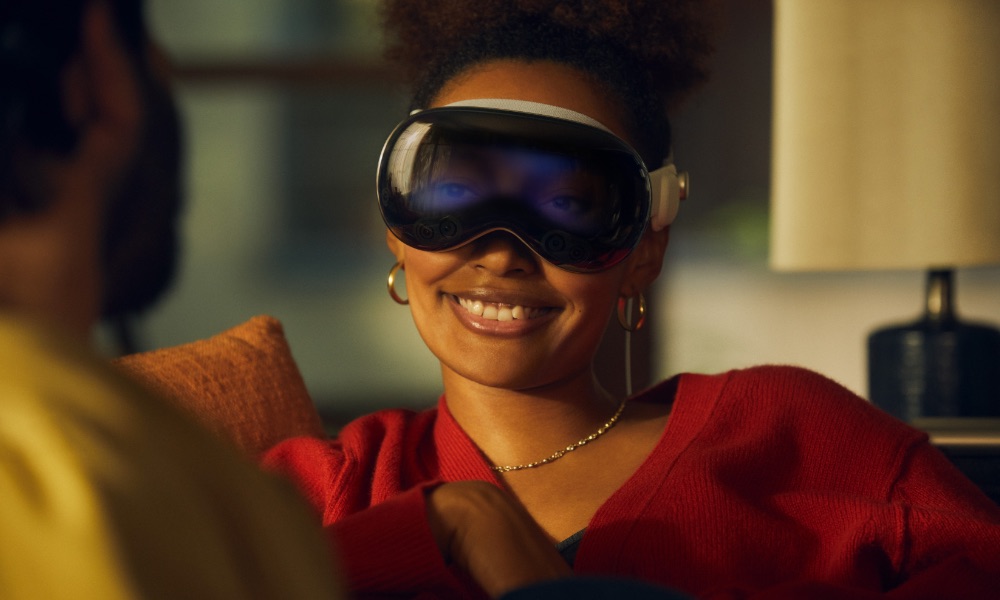Is the Vision Pro Already Yesterday’s News?
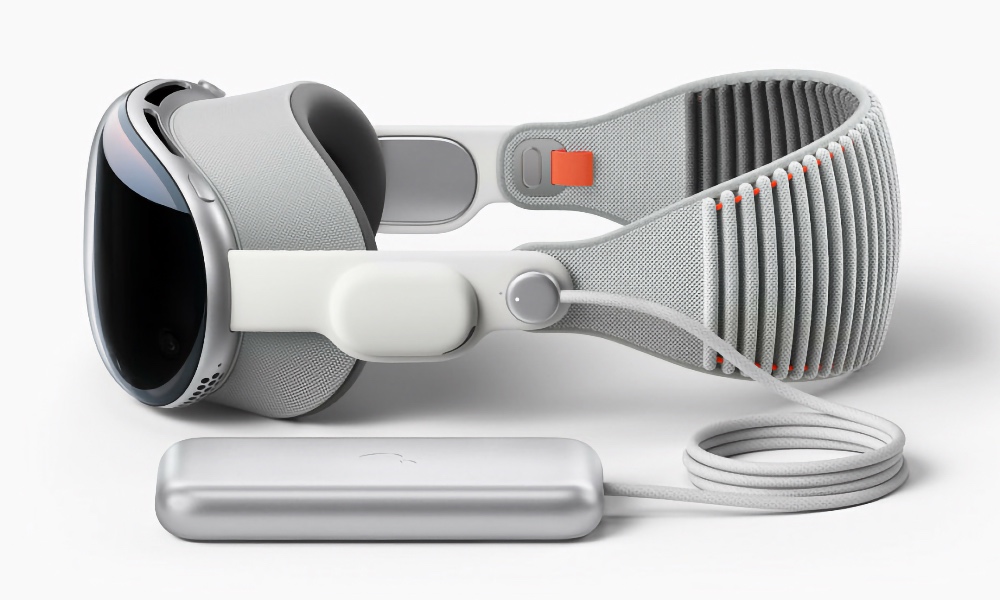
Toggle Dark Mode
Over the years, Apple’s ambitions for virtual and augmented reality glasses and headsets became the stuff of legends. The dream of the so-called “Apple Glasses” was perhaps second only to the ill-fated Apple Car when it came to imagining what Apple’s next big thing would be.
After all, this was the company that redefined how we use our mobile phones. As much as we take the modern touchscreen interface of the iPhone and Android smartphones for granted today, the concept felt downright magical when Apple unveiled the first iPhone in 2007. Hence, many folks have been waiting for Apple to pull a similar rabbit out of its hat.
Unfortunately, the Apple Car turned out to be an unwieldy monster bunny and was nixed. Meanwhile, the lightweight Apple Glasses project has been put on the back burner until the technology catches up with the dream.
Although many of us got caught up in the excitement, anybody paying close attention should have looked at both of these projects with a healthy dose of skepticism. They arguably failed for different reasons, but it would be charitable to call them moonshot projects.
Sadly, to focus too much on those failed concepts is to miss what Apple has managed to accomplish with its actual headset, the Apple Vision Pro. The very nature of what Apple is striving for here is revealed in the very way it’s marketing the device; it’s not a virtual reality headset or even a mixed reality headset — it’s a “spatial computer.”
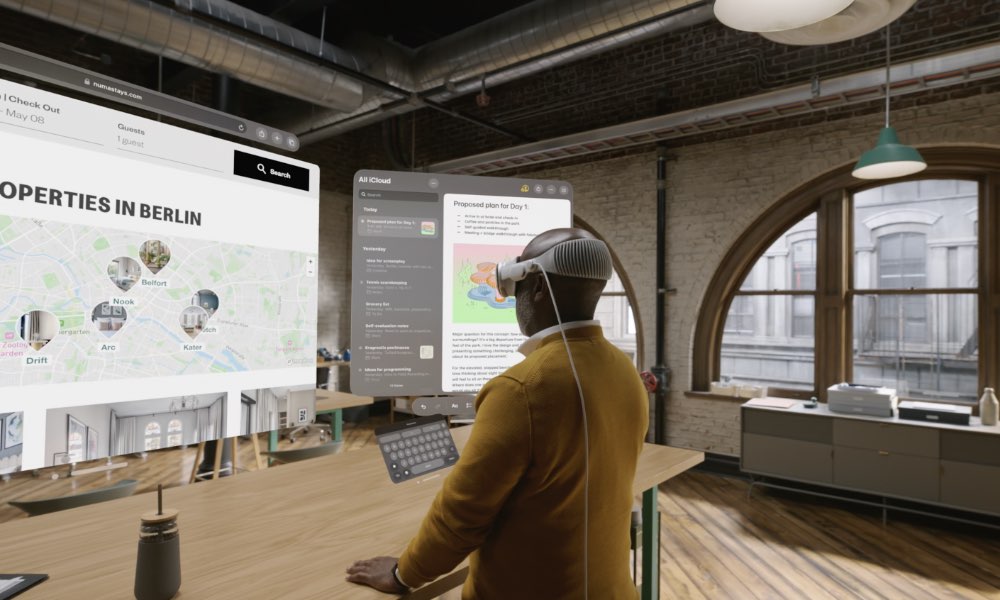
Those ambitions were on the table nearly three years ago when analysts and other sources began predicting that Apple’s headset would usher in the next generation of computing. The narrative here was that Apple wasn’t merely aiming to create a new iPhone accessory or secondary device; its goal was to build an entirely new computing platform that stands on its own.
In that sense, Apple has largely succeeded. Unlike the Apple Watch, the Vision Pro doesn’t require an iPhone, iPad, or Mac to do its thing. It would be just as functional and capable if it were the first Apple device you ever bought. (Ordering online requires an iPhone or iPad with Face ID to scan your face, but it doesn’t have to be your iPhone or iPad — you can use a friend’s).
It’s too early to tell whether the Vision Pro will change the face of computing someday. Even the original iPhone took a couple of years before it started going mainstream, and it was a device with a much more obvious place in our lives. Even in 2007, nearly everyone had a mobile phone of some kind, so it wasn’t hard to see where the iPhone fit in.
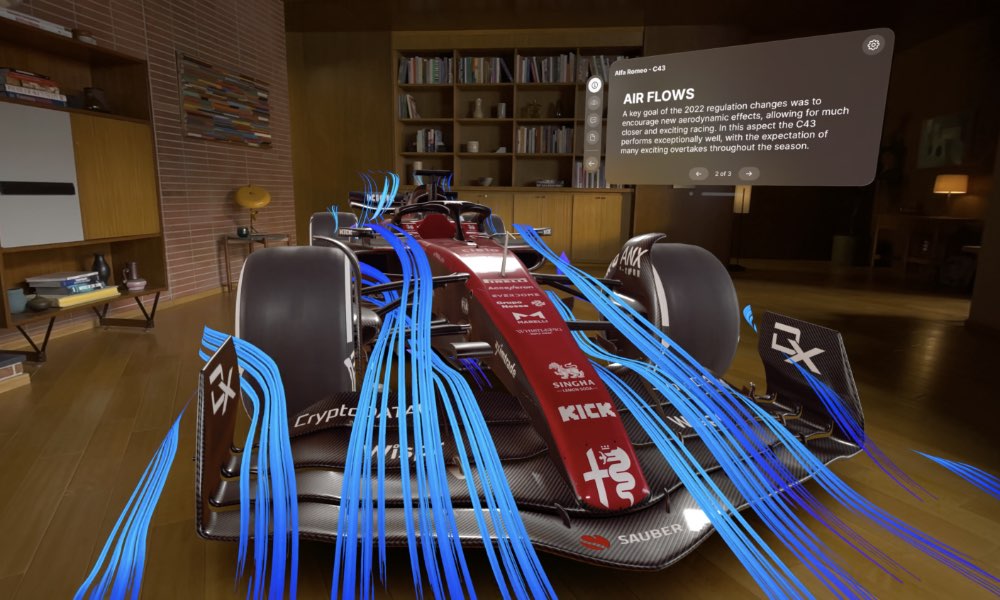
The Vision Pro is an entirely new computing paradigm. While it has some fantastic professional applications, it’s harder for the average person to understand why they might need one or even how they could use it — especially when they’re shelling out $3,500 for the privilege.
After all, the Vision Pro is something most people will be adding to their lives. It won’t realistically replace a Mac or iPhone for most folks. It could be an alternative to an iPad, especially for those who primarily use Apple’s tablet to consume content. However, that’s an expensive upgrade when you consider that even Apple’s priciest 12.9-inch iPad Pro can be had for about half the price of a Vision Pro.
Waning Interest?
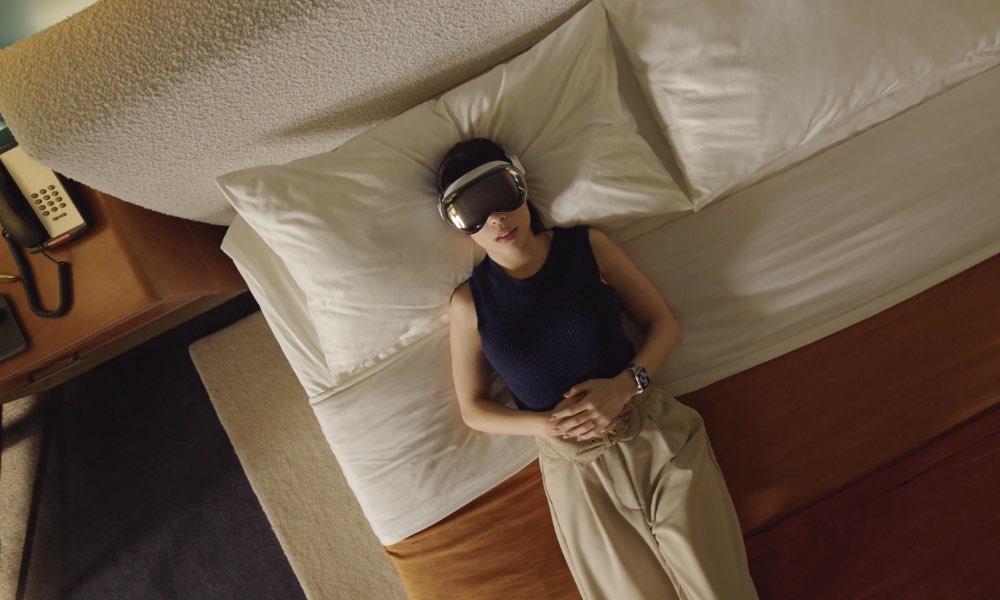
So, it’s probably not surprising that enthusiasm for Apple’s headset is dwindling. In this week’s Power On newsletter, Mark Gurman reports that it’s not even about sales; demand for in-store demos has also dropped significantly, to the point where people are booking appointments but not even bothering to show up.
Here’s what I’m hearing from Apple retail stores: Demand for demos is way down. People who do book appointments often don’t show up, and sales — at least at some locations — have gone from a couple of units a day to just a handful in a whole week. Mark Gurman
The result is a more aggressive marketing push by Apple to keep the Vision Pro in the front of people’s minds. As Gurman notes, the company has added “a huge promo for the Vision Pro at the top of the website,” marking a return to the way it was pushing the headset when it launched in early February.
Some of this is just the obvious aspect of the novelty wearing off. People were naturally curious about this cool new device, but those who really wanted to try it out have already done so. Curious “tire-kickers” who were more on the fence have probably decided it’s no longer worth taking time out of their day.
Still, that’s a stark contrast to other big Apple product releases. The original iPhone and the first Apple Watch saw droves of people flooding Apple Stores months after they went on sale. However, the difference here is that most folks could imagine owning an iPhone or an Apple Watch, even if they could only dream of doing so at the time. Plus, you could walk into an Apple Store and poke around at an iPhone on your own time; the Vision Pro requires a scheduled guided demo.
As Gurman points out, the biggest question is how many people who own a Vision Pro are still actively using it. That’s a common problem among VR headsets, where the “cool factor” wears off very quickly. Gurman shares that he’s already gone from using the headset several times a day to “maybe once or twice a week.”
I had initially used the Vision Pro whenever I watched a movie or YouTube, or when I wanted a more immersive screen for my Mac at home. These days, with the initial buzz wearing off, it seems clear that the Vision Pro is too cumbersome to use on a daily basis. Going through the process of attaching the battery, booting it up and navigating the interface often doesn’t feel worth it. And a killer app hasn’t emerged that would compel me to pick it up. It’s far easier to just use my laptop as a laptop and watch video on either my computer or big-screen TV.Mark Gurman
Also, despite Apple’s best efforts, the Vision Pro is an isolating device by its very nature. You can’t watch a movie with friends and family, nor can you easily converse with those around you. Features like EyeSight are supposed to help, but it’s still a weird experience for most people.
The Vision Pro also takes me out of the real world, making it awkward to use around family or co-workers. It’s something that’s best enjoyed when you’re by yourself — say, on a long flight or while working from home.Mark Gurman
It’s the same effect I’ve experienced on a smaller scale with Conversation Awareness on the AirPods Pro. It’s a feature that works great on a technical level to let you hear people when they talk to you, but it’s awkward to use in practice as it leaves the other person feeling like you’re less than fully engaged while your AirPods are still stuck in both ears. These features are a perfect example of how social cues haven’t caught up with technology (and it’s entirely possible they never will).
While it’s hard to say where we’ll be ten or twenty years from now, Apple clearly still has a long road ahead of it before “spatial computing” is ready to become a thing. Still, the company has to start somewhere, but the Vision Pro seems even farther ahead of the curve than the iPhone and Apple Watch were in their day. Who knows? Someday, we may look back and see February 2024 as a watershed moment in Apple’s history, but only time will tell.



